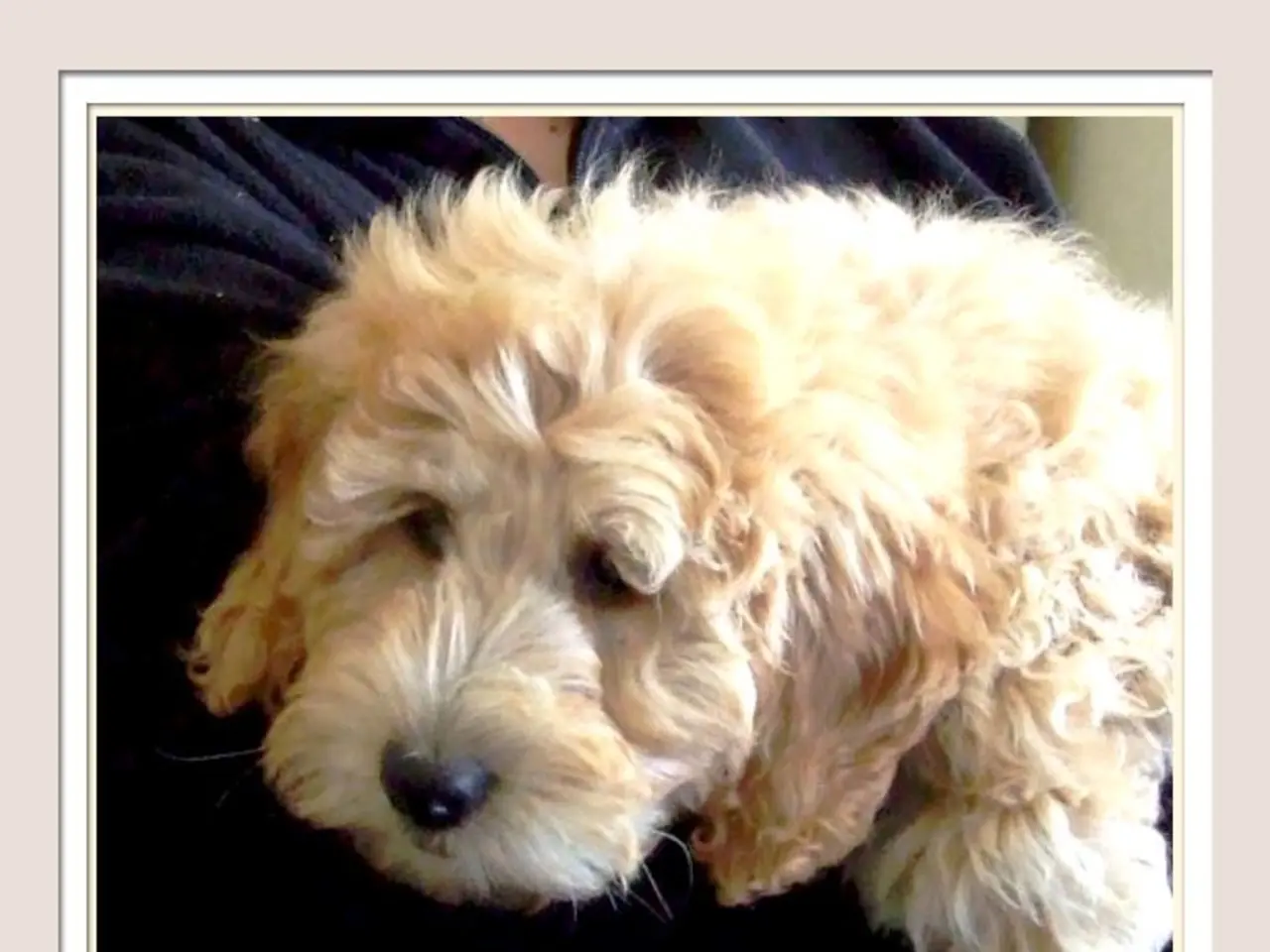Important Tip from a Trainer: Carefully Consider This Key Aspect When Stroking Your Dog, as it Turns Out, it's More Significant Than Previously thought!
In a recent Instagram post, Juliana DeWillems, owner and head trainer at JW Dog Training & Behavior, shared valuable advice on interacting with dogs. The top three things everyone should know when engaging with canines, according to DeWillems, are encapsulated in the concept of the 'pet, pet, pause' method.
This approach provides an opt-in option for the dog, ensuring they are comfortable and consenting to being petted. The method involves giving a dog a few gentle pets, typically on areas like the chest, shoulders, or base of the neck, then pausing to observe the dog's body language before continuing.
The dog's response indicates whether they want more interaction. If they lean in, wag their tail relaxedly, or nudge you for more, these are positive signs to pet again. On the other hand, if the dog freezes, pulls away, turns their head, yawns, licks their lips, or shows a stiff posture, these indicate discomfort or stress, and you should stop petting.
Understanding dog body language is key to this interaction. Signs a dog wants to be petted include a relaxed body, a loose wagging tail, soft eyes, leaning into your hand, and approaching you calmly. Conversely, signs to stop petting include freezing, turning away, stiffening, growling, lip curling, or walking away. These are cues the dog is uncertain or uneasy.
This technique is particularly useful with new dogs, as humans can be 'pushy' when they give attention, often not giving the dog a chance to indicate they've had enough. DeWillems emphasises that dogs have personal space and should not be entitled to petting or touching just because they are friendly.
Moreover, DeWillems advises being aware of aggressive dog behavior and knowing how to handle it. It's important to know how to read dog body language when interacting with them, as they are always communicating, and it's crucial to listen to them.
The "pet, pet, pause" method fosters communication and consent by alternating gentle petting with attentive observing of the dog’s reactions, ensuring a positive experience for both you and the dog. By following these guidelines, you can build a strong bond with your furry friend and create a harmonious relationship.
- Juliana DeWillems, a pet training expert, highlights the importance of understanding and respecting dog behavior, especially in petting interactions.
- The 'pet, pet, pause' method, advocated by DeWillems, is an effective technique for determining a dog's comfort level during petting sessions.
- By learning to interpret signs of discomfort or stress in dogs, such as freezing, turning away, or stiffening, pet owners can ensure positive interactions and prevent potential conflicts.
- DeWillems also stresses the significance of awareness regarding aggressive dog behavior and the ability to handle such situations effectively, fostering harmonious home-and-garden lifestyles with pets, including dogs and cats.





